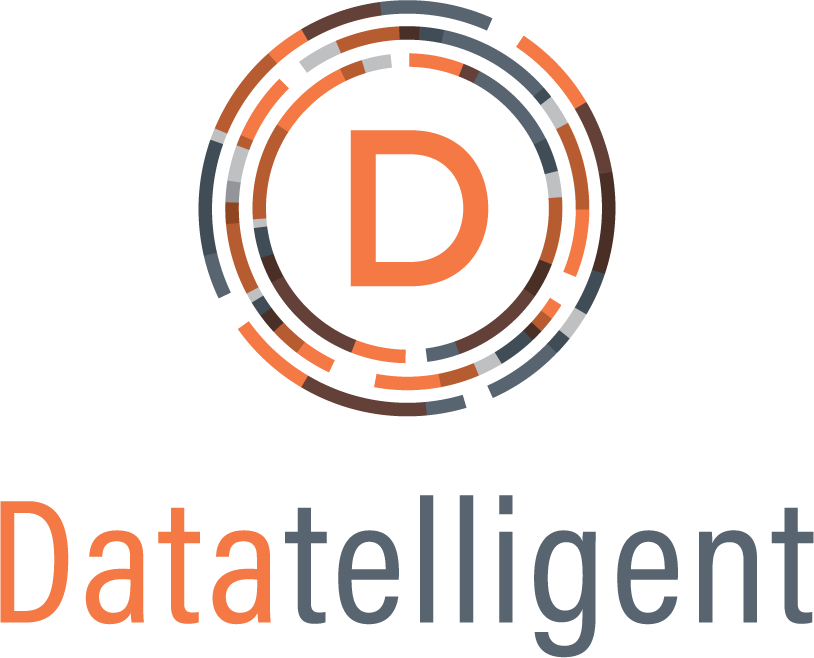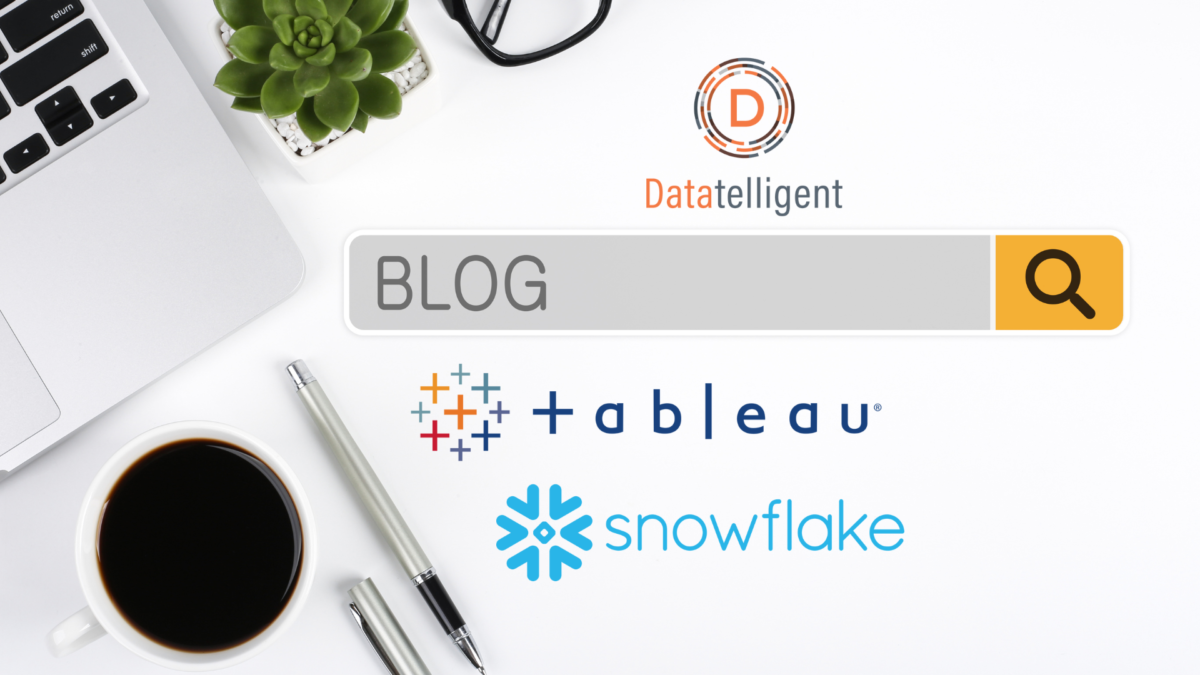Religious Organizations Embrace Technology and Data Post Pandemic
Faith-based organizations, like many other institutions, are increasingly relying on technology to accomplish their goals. From online worship services to digital giving platforms, thriving congregations and ministries have been quick to adopt new technologies to meet the needs of their communities.
The pandemic spurred changes in attendance from online and outside service attendance in the spring of 2020 to a hybrid of in-person and online attendance in 2022. The Pew Research Center documented the changes through five surveys between July 2020 through November 2022. Virtual viewing of services online or on TV increased, in-person attendance declined, and overall participation remained nearly steady with a slight decline since the pandemic.[1]
While attendance may have been tracked by religious organizations before, deeper analysis can help leaders understand which programs are most popular—whether in-person or virtual–and for whom. Virtual attendance creates opportunities and challenges to meet a new definition of the sense of “community” religious institutions seek to create. Heidi Campbell, professor of communication at Texas A&M University, stated, “Digital technology in the church and in ministry is here to stay. And our future is definitely hybrid.”[2]
One of the most significant changes that religious organizations have experienced in recent years is the integration of data into their operations. The Pew Research confirms what congregations may observe anecdotally in the demographic differences of attendees by participation type. By using data analysis tools, congregations, and ministries are gaining insights into their members’ needs and preferences, which allows them to better tailor their programs and services.
Faith-based organizations are also turning to social media and technology to improve their outreach efforts. By engaging with their communities on social media, organizations can spread their message to a wider audience and engage with individuals who may not be able to attend in-person events or who joined the virtual religious community. They can use social media analytics to understand which posts are most effective and how to better engage with their followers. Others are using virtual reality technology to give members a virtual tour of their facilities or to provide a more immersive worship experience.
It’s important to note that while technology can certainly be a valuable tool for faith-based organizations, it is not a replacement for the personal connections and relationships that are at the heart of congregations and ministries. However, by embracing new technologies and integrating data into their operations, religious-based organizations can better understand and meet the needs of their communities.





